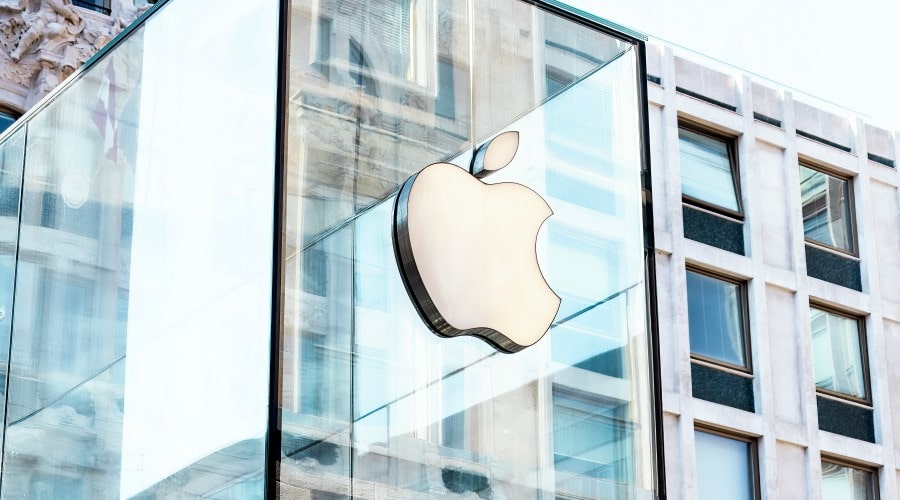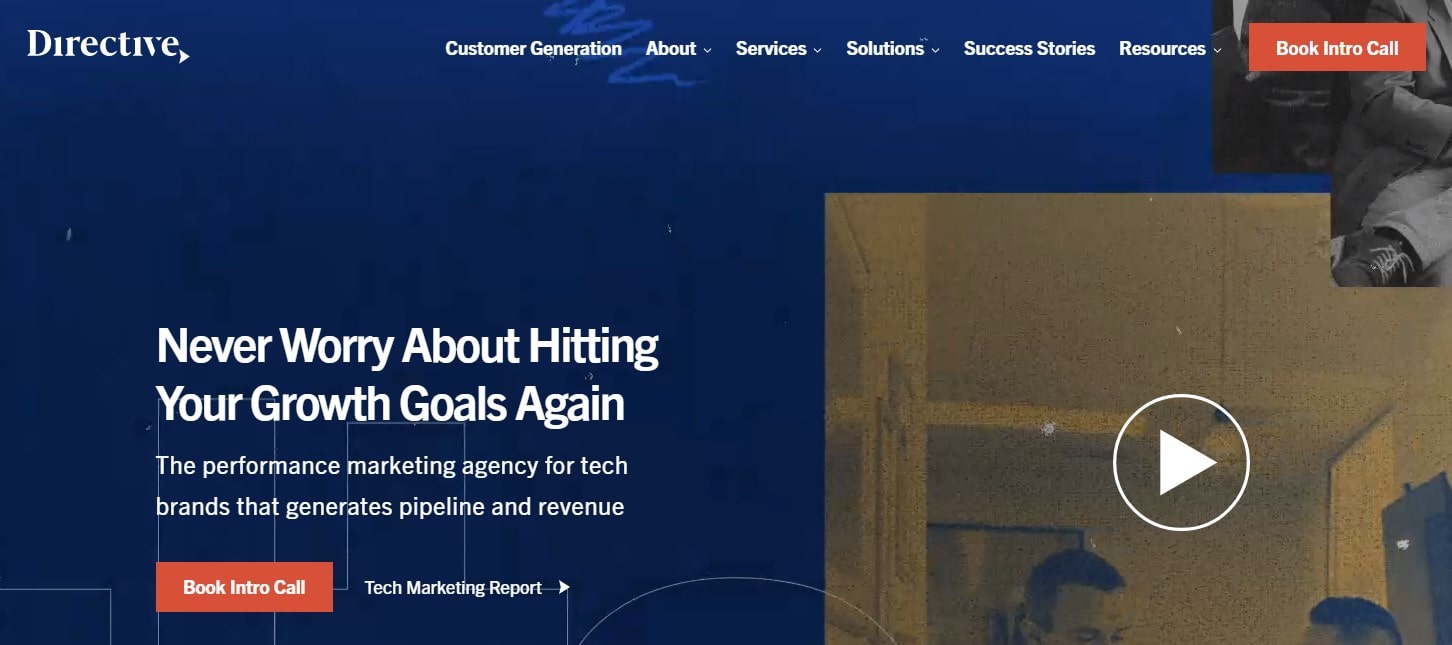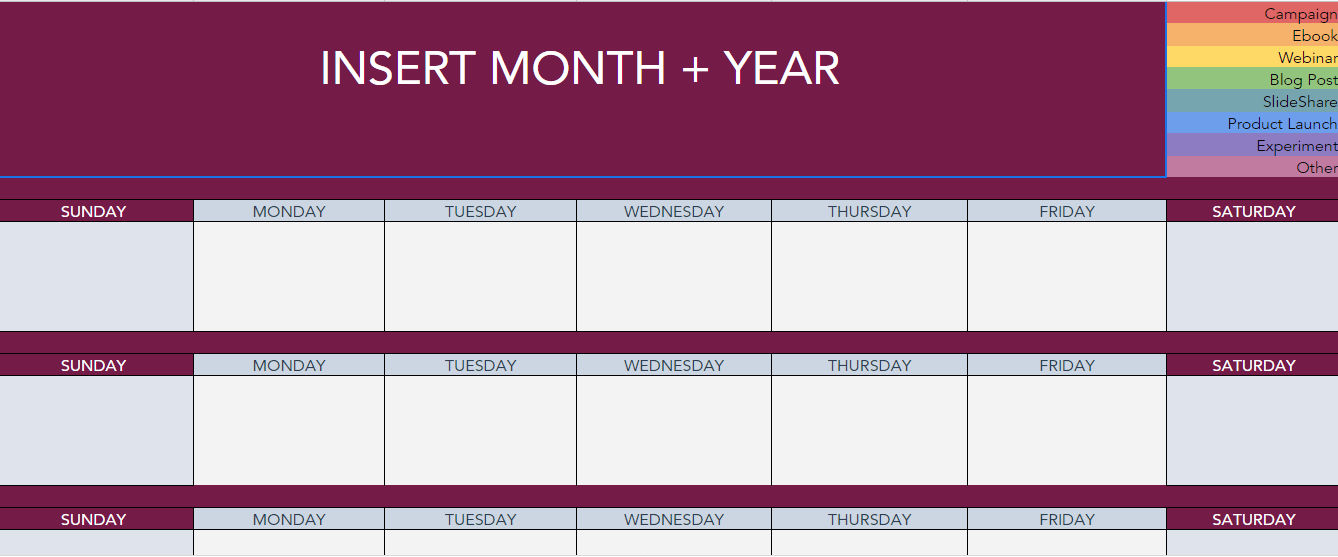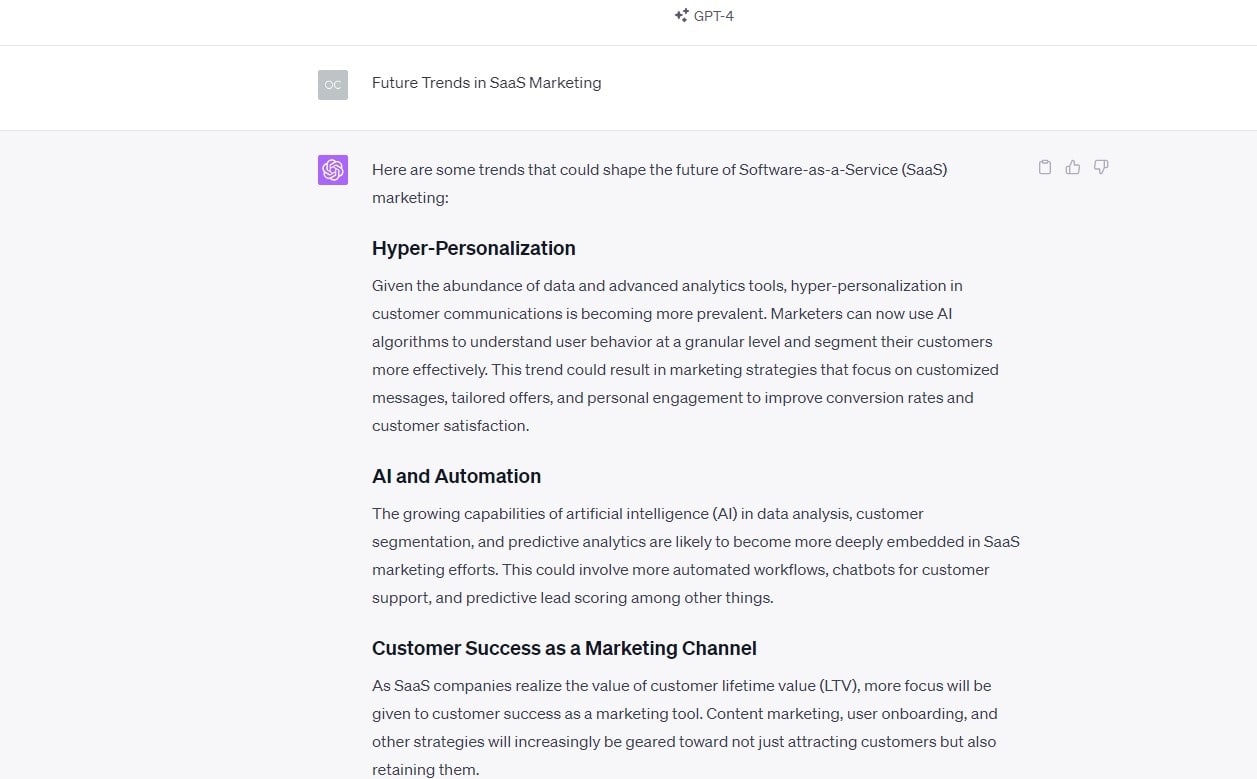In 2023, the SaaS landscape has never been more vibrant. SaaS marketing has changed from a fad to a crucial strategy for each startup software company, motivated by the need to add value for customers. ?
Key facets of SaaS marketing in 2023:
- Customer-centric storytelling: Sharing narratives from niches like healthcare SaaS or ed-tech platforms.
- Data-driven decisions: Leveraging insights for tailored user experiences.
- Omni-channel engagement: Ensuring customers feel connected, irrespective of their touchpoint.
Amid this bustling market, tools like Plerdy have risen as the gold standard for CRO & UX—enabling SaaS marketers to dive deep into user behavior, refine interfaces, and create captivating campaigns. It’s not just about flashy features; it’s about creating genuine connections with your audience. ?

But in this dynamic arena, it’s not enough to just be present. Dive into our guide to grasp the nuances of SaaS marketing in 2023 and ensure you’re always one step ahead. Boost your strategy, tailor your messaging, and drive growth like never before. Ready to dive in? ⚡
Definition of SaaS
Software as a Service, commonly known as SaaS, transforms the conventional software market on its head. At its core, SaaS embodies a business model where software providers deliver applications over the Internet. It means no more unwieldy installations, tiresome updates, or complicated licenses.
SaaS breaks down barriers between the software provider and the end customer. It establishes a continuous relationship fueled by constant interaction, feedback, and mutual growth. This perpetual partnership ignites endless opportunities for customer-centric marketing strategies.
Take these specific industry niches, for example:
- HR and Recruitment: Platforms like BambooHR provide a comprehensive suite of HR management tools. They market by emphasizing the ease of managing employee data and streamlining hiring processes.
- Accounting and Finance: QuickBooks Online, a popular SaaS application, focuses on delivering real-time financial insights. Marketing efforts often underscore its intuitive interface and time-saving features.
- Project Management: Asana, a project management tool, promotes its service by highlighting collaborative features and easy task tracking.
Each of these SaaS providers tailors their marketing strategy to solve specific customer pain points. These companies show the clear benefit SaaS adds to their clients’ operations by fusing an awareness of consumer needs with the built-in flexibility of the SaaS model.
Importance of Marketing in SaaS

In the SaaS ecosystem, marketing stands out as the heartbeat that pumps vitality into every facet of the business. The inherent nature of SaaS – scalable, subscription-based, and internet-driven – demands an equally agile and customer-centric approach to marketing.
Marketing in SaaS serves a two-fold purpose: First, it builds awareness of the service among potential customers. Second, it nurtures these prospects, guiding them from discovery to conversion and finally to customer retention. Crucial to these processes are understanding the unique pain points of potential customers and demonstrating how the SaaS offering can solve them.
Consider these specific industry examples:
- Customer Relationship Management (CRM): Salesforce, a renowned SaaS provider, uses marketing to showcase its all-in-one platform that simplifies customer management.
- E-commerce Platforms: Shopify uses marketing to highlight its ease of setup, wide array of customization options, and comprehensive e-commerce tools.
- Communication Tools: Slack uses marketing to emphasize its capability to streamline communication and collaboration across teams.
The success of these SaaS giants underscores the indispensable role of marketing in acquiring customers, building loyalty, and facilitating growth in the SaaS space. In a landscape crowded with competing offerings, effective marketing can make the difference between being another nameless player or becoming a trusted, go-to solution in your customers’ toolkit. Therefore, marketing in SaaS isn’t just important – it’s an absolute necessity.
Understanding SaaS Marketing

SaaS Marketing vs Traditional Marketing
SaaS marketing and traditional marketing are as different as apples and oranges, each defined by their unique dynamics and targeted approach. In essence, traditional marketing is a one-way street: businesses broadcast their value propositions to potential customers. In contrast, SaaS marketing is a two-way dialogue involving continuous engagement with customers, propelled by feedback and adaptation.
Key differences include:
- Purchase Cycle: Traditional marketing targets a one-time purchase, while SaaS marketing focuses on gaining subscriptions – a recurring commitment from customers.
- Customer Relationship: Traditional marketing often concludes once a sale is made. In contrast, SaaS marketing keeps the customer engagement active, emphasizing retention and upselling opportunities.
- Value Proposition: Traditional marketing often highlights the product’s features. SaaS marketing, however, delves deeper into the ongoing benefits and solutions the service provides.
For instance:
- Healthcare SaaS: Platforms like Practo market their comprehensive healthcare solutions, spotlighting features like appointment scheduling, online consultations, and digital prescriptions.
- Learning Management Systems (LMS): Platforms like Coursera highlight the ongoing learning and upskilling opportunities available for individuals and organizations.
- Cloud Storage: Dropbox markets the continuous access, sharing, and collaboration capabilities of their platform, promoting ease of use and security.
In sum, SaaS marketing is a continuous journey, focusing on long-term customer relationships and the evolving value provided to customers, setting it apart from traditional marketing methodologies.
Key SaaS Marketing Metrics
Having a pulse on the important marketing KPIs is crucial for shrewd navigation in the SaaS world. They are the signposts that guide your journey, highlighting the successes and illuminating the areas that need fine-tuning.
Crucial metrics include:
- Customer Acquisition Cost (CAC): This measures the investment required to gain a new customer. For instance, a project management SaaS like Trello would calculate CAC by considering the cost of marketing campaigns, sales efforts, and other related expenses.
- Monthly Recurring Revenue (MRR): Platforms like Adobe Creative Cloud closely monitor MRR to track the consistency of their income.
- Customer Lifetime Value (CLV): CLV forecasts the entire income a company may expect to generate from a single client account. SaaS businesses like Spotify continually strive to enhance this metric by bolstering customer satisfaction and enhancing user experiences.
- Churn Rate: This metric measures customer attrition over a specified period. A low churn rate is the golden ticket for SaaS companies such as Netflix, who place immense value on maintaining their subscriber base.
- Net Promoter Score (NPS): This gauges customer loyalty by asking how likely they are to recommend the service. High NPS scores are cherished by SaaS companies like Slack, as they signify high customer satisfaction and strong brand advocates.
In essence, these metrics provide a well-rounded picture of SaaS marketing performance, guiding strategic decision-making to bolster business growth.
SaaS Marketing Strategies

Content Marketing
Content marketing acts as the cornerstone of effective SaaS marketing strategies. It centers on producing and disseminating worthwhile, pertinent information in order to draw in and engage a precisely defined target audience. The ultimate objective is to turn audience members into devoted patrons who promote your business.
SaaS companies leverage content marketing to provide solutions to their customers’ pain points, build trust, and establish thought leadership. The content forms a magnet, drawing potential customers in and nurturing them through the sales funnel.
Here are a few compelling examples:
- HubSpot: The CRM platform’s blog provides readers with actionable advice on a wide array of topics – from sales tips to marketing strategies – reinforcing their position as a thought leader.
- Slack: The team collaboration app regularly publishes case studies highlighting how companies of different sizes and industries use their platform, providing real-world examples of their product’s benefits.
- Asana: The project management tool frequently releases webinars and tutorials, aiding users in navigating their platform and demonstrating ongoing value.
- Zapier: The automation tool maintains a comprehensive learning center with how-to guides, fostering user competency and encouraging platform utilization.
In the SaaS industry, content marketing doesn’t just sell a product but a solution. It’s about demonstrating a deep understanding of customer challenges and presenting your SaaS as the ideal tool to overcome them.
SEO for SaaS
In the bustling SaaS marketplace, SEO acts as the lighthouse guiding potential customers to your offerings. Deftly wielding SEO tactics can amplify your online visibility, increase organic traffic, and elevate your brand above the noise. For SaaS businesses, mastering SEO is a vital component of customer acquisition and long-term growth.
Consider these steps to optimize your SEO strategy:
- Keyword Research: Understanding the search terms your potential customers use is crucial. Companies like Salesforce might focus on keywords such as ‘CRM software’, ‘customer management tools’, or ‘best sales tracking apps’.
- On-page Optimization: Your exposure can be greatly increased by paying attention to features like title tags, meta descriptions, and header tags. Asana, for example, carefully curates these elements for optimal ranking potential.
- Quality Content: Regularly publishing engaging, informative content packed with relevant keywords fosters trust with both users and search engines. Mailchimp’s blog serves as a shining example, offering valuable marketing tips and resources.
- Link Building: Securing high-quality backlinks to your site bolsters your authority and ranking. Dropbox, for instance, benefits from numerous links from authoritative tech sites.
- Technical SEO: Ensuring a fast, secure, and mobile-friendly website enhances user experience and boosts your SEO performance. Shopify excels in this, offering an impressively responsive and user-friendly platform.
In essence, SEO for SaaS is about more than just ranking high in search results. It’s about connecting with potential customers, addressing their needs, and leading them to the right solution – your SaaS offering.
Social Media Marketing
The ubiquity of social media allows SaaS businesses to engage with customers where they already spend significant time.
Savvy SaaS companies utilize social media for a variety of strategic objectives:
- Community Building: Companies like Buffer have cultivated engaging online communities by sharing thought-provoking content and encouraging dialogue amongst followers.
- Customer Support: Tools like Zendesk and Intercom leverage social media as a rapid-response customer service channel, swiftly addressing user inquiries and concerns.
- Brand Awareness: Canva frequently showcases user-generated content on its Instagram page, building a connection with customers and showcasing their product’s capabilities.
- Lead Generation: LinkedIn has become a powerhouse for B2B SaaS companies like Slack and Salesforce for networking, thought leadership, and, most importantly, lead generation.
- Product Updates: Adobe uses social media to announce product updates, share tips, and highlight new features, keeping their user base informed and engaged.
Social media marketing, which is an essential component of SaaS marketing, entails more than just providing material; it also entails developing bonds with clients, encouraging loyalty, and converting them into fervent brand evangelists. It’s a means of transforming your SaaS from just another product into an integral part of your customers’ daily lives.
Email Marketing

Email marketing remains a cornerstone of effective SaaS strategies, weaving a personalized touch into customer communication. It enables SaaS businesses to foster customer relationships, increase engagement, and ultimately, drive user retention.
SaaS companies smartly employ email marketing in various ways:
- Onboarding: Following sign-up, Dropbox sends a series of emails to guide users through the setup process, promoting product engagement right off the bat.
- User Engagement: Duolingo keeps users engaged with regular progress reports, reminders, and challenges, ensuring their language learning stays on track.
- Retention: Companies like Grammarly utilize emails to highlight key features, encourage product usage, and prevent churn.
- Upselling: Canva Pro sends targeted emails to free users, showcasing the benefits of their premium service and enticing them to upgrade.
- Newsletters: HubSpot employs a weekly email to reinforce their status as a thought leader by delivering insightful marketing information right to customers’ inboxes.
In essence, email marketing in the SaaS sector is a strategic tool that creates a conversation with the user, builds product engagement, and nurtures long-term customer loyalty. Skillfully crafted emails can turn a one-time user into a lifelong customer while delivering value and showcasing your product’s capabilities. It’s not just about sending messages—it’s about creating meaningful interactions with each customer, personalizing their journey, and showing them they matter.
PPC and Paid Social Advertising
PPC and Paid Social Advertising are digital marketing strategies that pack a punch in the SaaS industry. Pay-per-click (PPC) advertising involves promoting your SaaS solutions on search engines, while paid social media ads push your brand onto social platforms frequented by your target customers.
Many SaaS companies make headway through these avenues:
- Google Ads: Salesforce takes advantage of this platform to amplify its reach on search engines, pushing its CRM software to the top of search results.
- LinkedIn Ads: B2B SaaS companies like Adobe leverage LinkedIn ads, drawing in professional audiences seeking sophisticated software solutions.
- Facebook Ads: B2C-focused SaaS like Spotify employ Facebook’s robust targeting features to reach potential customers based on preferences, behavior, and demographics.
- Twitter Ads: Mailchimp often uses Twitter to promote its email marketing software, taking advantage of the platform’s wide reach and engagement potential.
- Instagram Ads: Canva uses Instagram to showcase its user-friendly design software, capitalizing on the platform’s visually-oriented user base.
Whether you’re promoting customer relationship management software or a productivity tool, these marketing strategies offer you an opportunity to capture your target audience’s attention right where they’re most active. The success of PPC and paid social advertising lies in their ability to reach potential customers with precision, nudging them towards your SaaS offerings in an increasingly competitive digital marketplace.
Influencer Marketing
Influencer marketing emerges as a formidable strategy in the SaaS industry, enabling companies to leverage influencers’ established trust and credibility to sway potential customers. Engaging influencers adds a personal touch, which can help sway potential customers towards your SaaS products.
Many SaaS companies have successfully embraced this strategy:
- HubSpot: This inbound marketing SaaS platform frequently collaborates with top marketing influencers who generate compelling content to educate their audience about the benefits of HubSpot’s solutions.
- Slack: The business communication platform engaged Alexis Ohanian, Reddit’s co-founder, as an influencer to increase awareness and expand its user base.
- Adobe: Adobe partners with creative influencers who showcase their skills using Adobe’s suite of tools, effectively demonstrating the software’s capabilities.
- Shopify: The e-commerce SaaS platform leverages influencers in the entrepreneurial space to inspire potential customers to set up their online stores with Shopify.
- Airtable: The cloud collaboration tool has enlisted productivity influencers to showcase how Airtable can streamline work processes and increase efficiency.
This strategy helps to humanize SaaS solutions, making them relatable and more accessible to customers, hence fostering a deeper connection with the market.
Affiliate Marketing
In the SaaS landscape, affiliate marketing blossoms as a viable strategy to extend brand reach, ramp up customer acquisition, and boost revenue. This performance-based model enables SaaS businesses to collaborate with affiliate partners, who promote their products in exchange for a commission on sales or conversions.
Let’s dive into some successful SaaS affiliate marketing examples:
- Salesforce: The CRM titan has an affiliate program where partners can earn a commission for each referred sale, thereby increasing the brand’s reach and sales.
- Dropbox: The cloud storage solution incentivizes both parties involved in the referral. This approach has propelled their user base growth significantly.
- FreshBooks: This accounting software offers lucrative rewards for affiliates, enticing them to spread the word about FreshBooks, helping to pull in more customers.
- Kinsta: This WordPress hosting provider offers high commission rates, providing a strong incentive for affiliates to generate sales.
It’s a win-win situation, as the affiliates get to monetize their audience while the SaaS companies gain access to a larger, diverse market pool.
Building a SaaS Marketing Plan

Identifying Target Audience
Understanding and identifying your target market is essential in the complex world of SaaS marketing. The deep dive into the sea of potential customers provides the compass for your SaaS product development, marketing strategies, and customer service.
Their target audience might consist of:
- Project Managers: The frontline users, managing multiple projects concurrently, they crave efficiency.
- Small Businesses: With limited resources and an emphasis on productivity, they search for solutions to streamline processes.
- Corporate Departments: Teams across larger organizations seeking tools to facilitate cross-departmental collaboration.
For a SaaS company focusing on email marketing software, target customers could include:
- Marketing Agencies: They require robust platforms for managing multiple client campaigns.
- E-commerce Businesses: These rely heavily on email marketing for customer engagement and retention.
- Freelance Marketers: They need intuitive, high-performing tools to provide value to their clients.
Identifying the target audience drives the direction of your SaaS offering and fuels marketing campaigns. By understanding who needs your software – their pain points, desires, and behaviors – you can tailor your product and messaging, optimize the customer journey, and, ultimately, propel your SaaS business to triumph.
Setting Goals and KPIs
Charting a course in the ocean of SaaS marketing demands clearly defined goals and key performance indicators (KPIs). These twin beacons guide your business ship, ensuring you’re sailing in the right direction and gauging the progress you’re making.
They might establish the following goals:
- Boost subscription rate by 25% within six months
- Improve customer retention by 15% over the next fiscal year
- Augment upselling revenue by 20% in the upcoming quarter
To track progress towards these goals, they could utilize the following KPIs:
- Subscription Rate: The number of new customers signing up for the service
- Customer Churn Rate: the proportion of users who discontinue utilizing the service over a given timeframe
- Upsell Revenue: Additional revenue generated from existing customers purchasing more expensive packages
Conversely, a SaaS firm dealing with project management software might aim to:
- Increase trial-to-paid conversions by 30% in three months
- Enhance user activity by 20% in the next quarter
To measure these goals, relevant KPIs could include:
- Trial-to-Paid Conversion Rate: The percentage of trial users who convert to paid users
- Active Users: The number of users who regularly log in and use the software
Setting goals and KPIs sets the stage for your marketing efforts, enabling you to steer your SaaS business towards success and customer satisfaction.
Choosing the Right Marketing Channels
Selecting the perfect marketing channels for your SaaS product isn’t a simple toss of a coin—it’s a strategic choice contingent on your target audience, product nature, and business goals. Your ability to promote effectively may depend on this choice.
Take a SaaS product designed for seasoned graphic designers. Social media platforms—Instagram or Pinterest, with their visual-heavy emphasis, would be your top choice. Conversely, a SaaS offering targeted at C-level executives might find LinkedIn or industry-specific webinars more fitting.
To illustrate, here’s how some channels could be aptly chosen:
- Webinars and Online Events: Ideal for a SaaS solution aimed at large corporations. These allow for product demonstrations and networking with potential customers.
- Social Media: A SaaS targeting freelancers might thrive on social media platforms such as LinkedIn or Twitter, which offers chances for engagement and content sharing.
- Email Marketing: Great for nurturing relationships with existing customers, it can also help upsell and cross-sell SaaS offerings.
- Content Marketing: Blogs or whitepapers can work wonders for a SaaS solution in a niche industry, displaying thought leadership and fostering trust.
The right marketing channels allow you to reach out to your target customers more effectively, turning your marketing strategy from a simple echo in the void into a clear and compelling conversation with your desired audience.
Creating a Content Calendar

A content calendar in the realm of SaaS marketing serves as a visual roadmap, managing your content across diverse channels and aligning it with your strategic goals. Having a content calendar lets you stay ahead, ensuring you don’t skip a beat when it comes to delivering value to your customers.
Creating a content calendar requires some groundwork. Start with a clear view of your marketing goals – are you targeting user engagement, driving software trials, or something else? Then, familiarize yourself with your customer journey and target audience persona. This sets the foundation for a calendar that genuinely speaks to your audience.
Consider these elements when building your content calendar:
- Content Type: Diversify between blog posts, webinars, case studies, etc., depending on the audience and goals.
- Publishing Date: Consider your audience’s geography, their usual active hours, and key industry events.
- Channel: Different channels cater to different stages of the customer journey.
- Content Owner: This ensures accountability and streamlined execution.
Once set, a well-executed content calendar morphs into a compass for your marketing efforts. It not only maps out your path but also ensures a consistent and meaningful conversation with your customers, turning them into loyal users of your SaaS solution.
Monitoring and Adjusting the Plan
In the dynamic field of SaaS marketing, simply laying out a plan isn’t enough. You must keep an eagle’s eye on performance, ready to pivot if necessary, as customer preferences and market trends evolve.
Begin with regular monitoring of your campaigns. Make sure you’re not just gathering data but analyzing it. This analytical insight becomes the fuel for plan adjustments – it’s your pulse on what’s resonating with customers and what’s falling flat.
Consider these key areas for constant surveillance:
- Conversion Rates: This is the proportion of site visitors who carry out a desired action. Low rates may prompt a review of your call-to-action or landing pages.
- Customer Engagement: Gauge this with metrics like page views, time spent on site, or interaction with your SaaS product.
- Customer Acquisition Cost: If this is skyrocketing, you might need to optimize your marketing spend or reevaluate less expensive channels.
- Churn Rate: High rates could indicate a mismatch between customer expectations and your SaaS offering.
Monitoring and adjusting your plan, like a seasoned sailor adjusting sails to catch the wind, ensures your SaaS marketing strategy is dynamic, robust, and, ultimately, successful. Your plan evolves into a living entity, moving and shifting with the rhythm of the market and customer needs, driving your SaaS solution towards success.
Future Trends in SaaS Marketing

Peering into the future of SaaS marketing reveals an exciting landscape, one where technologies evolve and customer behaviors shift. These trends are set to take center stage:
- Artificial Intelligence (AI): AI will continue to revolutionize marketing efforts, enabling more personalized interactions with customers. Predictive analytics, for example, can anticipate a customer’s needs, offering them solutions before they realize they need them.
- Customer-centric Strategies: The customer’s voice will echo louder than ever. They’re no longer just receivers of marketing messages – they play an active role in shaping them. Authentic interaction will replace marketing monologues, deepening customer engagement.
- Value-driven Content: Content that offers real value will shine. It’s no longer about selling but educating, engaging, and enriching the customer’s journey.
- Voice Search: With the surge of digital assistants, customers increasingly use voice to find solutions. Prepare for this shift by optimizing for natural language queries.
- Data Privacy: Privacy laws continue to tighten globally. Marketers must strike a balance between personalization and respecting privacy rights.
While these trends represent the unfolding path, the essence of SaaS marketing remains the same – create exceptional experiences that drive customer engagement. Your path to success in the SaaS marketing of the future will be paved by your ability to adapt, change, and keep riding the wave of innovation.
Conclusion
Navigating the bustling 2023 SaaS landscape, it’s clear that businesses are thriving through a mix of innovative strategies in marketing and steadfast focus on customer engagement. This guide explored everything from utilizing video demos to the implementation of micro-influencers, showing the breadth of tools at your disposal.
SaaS marketing isn’t just about clicks and conversions—it’s about building relationships and understanding people’s needs. We covered effective techniques, from ABM strategies to creating compelling content with the help of BuzzSumo. Here’s a quick recap:
- Personalized content to retain customers
- Leveraging tech tools like TikTok and Wistia’s video hosting
- Efficiently scaling your leads through investing in educational materials
What’s next in your SaaS journey? Consider Plerdy’s SEO & UX analysis tool to give you an edge. By developing insights into customer behavior, you can optimize your site, accelerate your growth, and achieve a higher ROI. Don’t just see the trends—be part of them with Plerdy. ⚡
With insights from industry experts and actionable tips, this guide has been your roadmap to success in the SaaS market. We hope you found value in it, and we’re excited to see you put these strategies into action. Remember, your customers are waiting, so start building those connections today! ⚡
